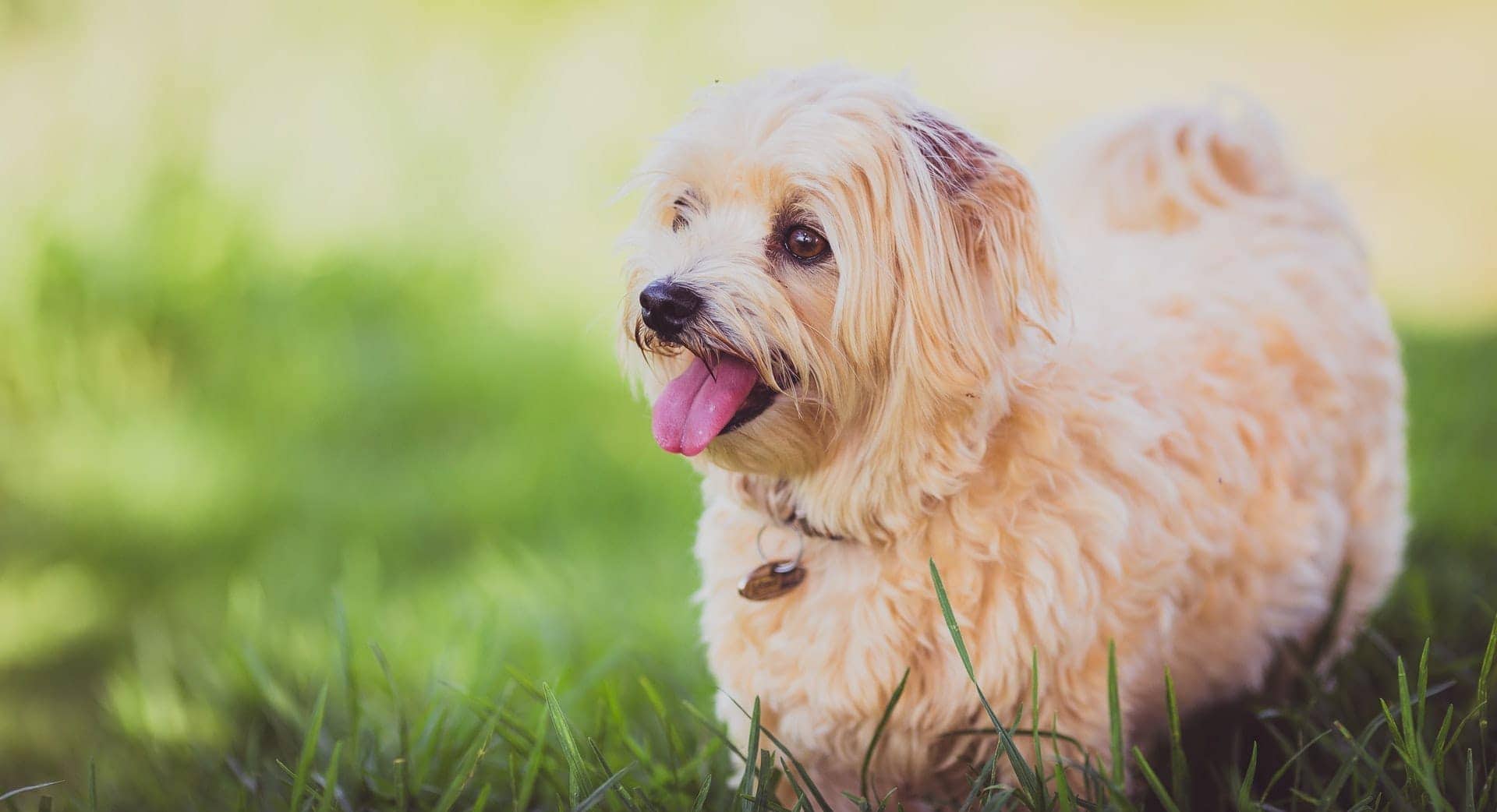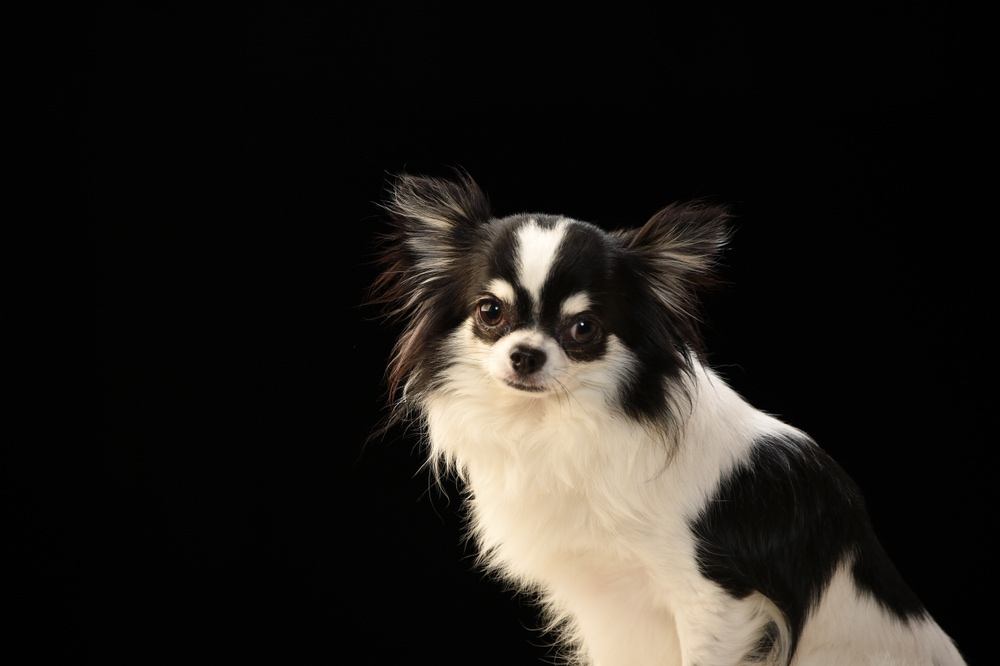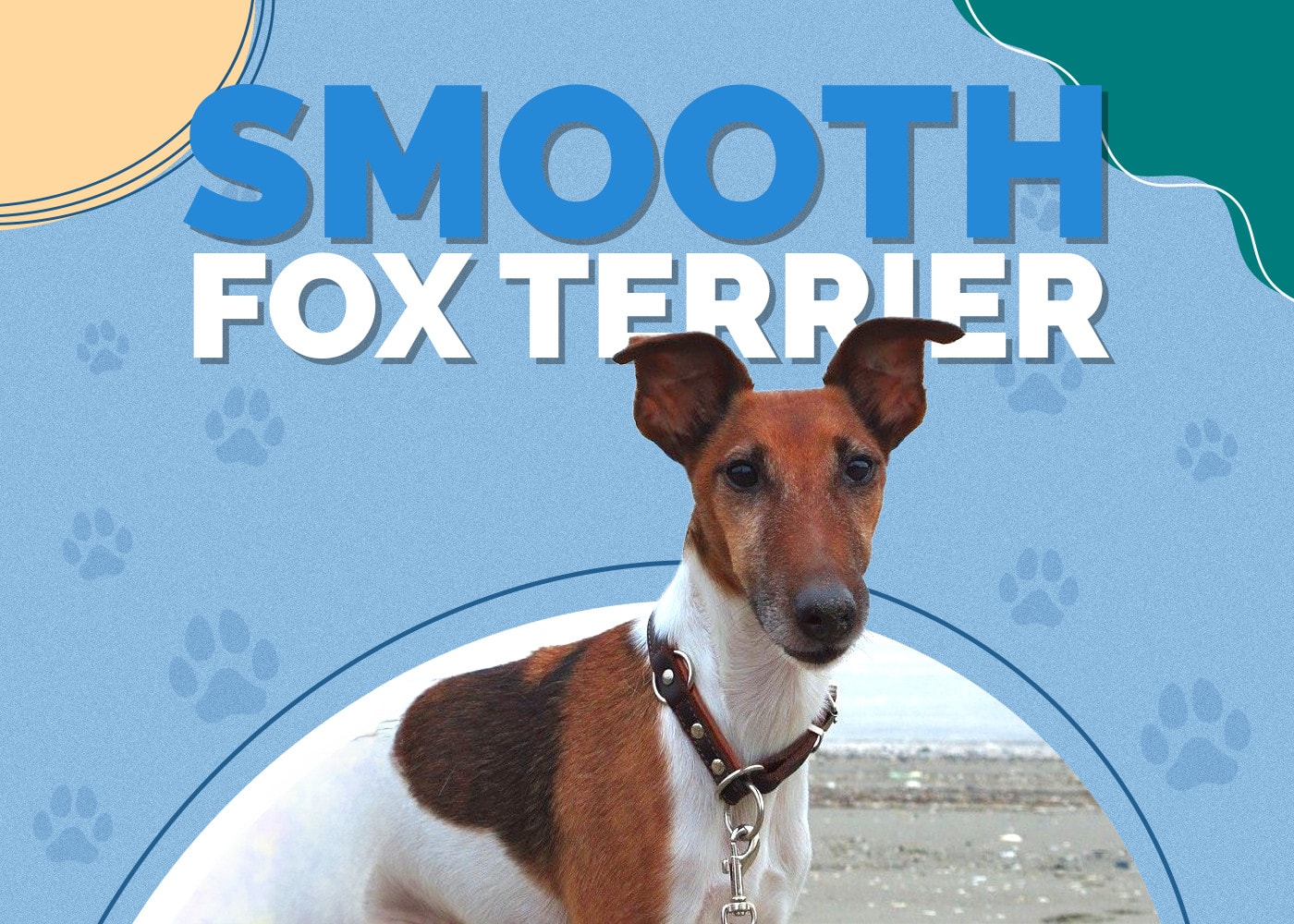Australian Kelpie Breed Info, Pics, Puppies, Facts & Traits

Updated on
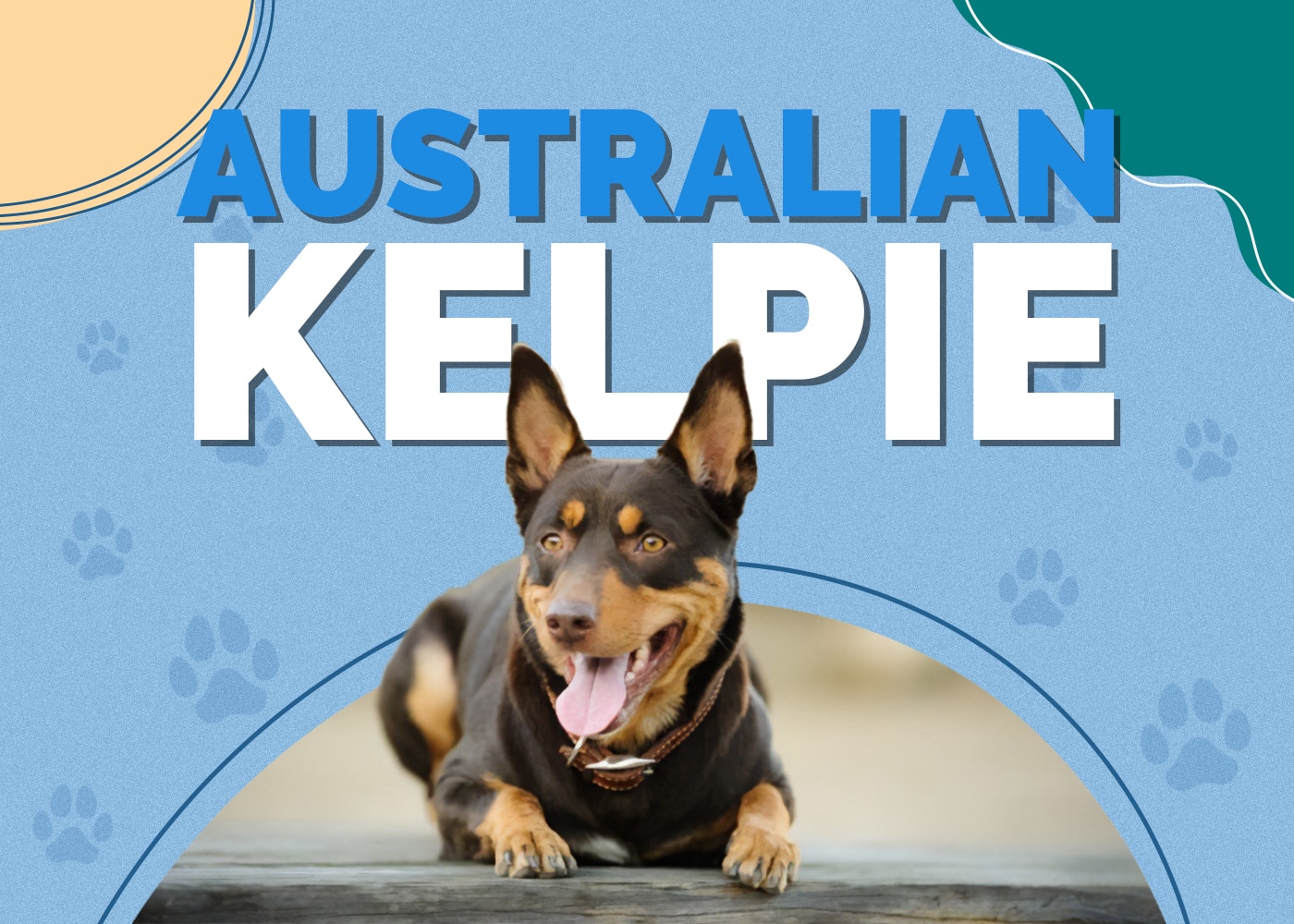
| Height: | 15–20 inches |
| Weight: | 25–46 pounds |
| Lifespan: | 10–15 years |
| Colors: | Black, tan, black and tan, cream, blue, brown |
| Suitable for: | Farmers, active families, active singles |
| Temperament: | Independent, intelligent, agile, energetic, loyal, eager |
The Australian Kelpie is a breed that originated in Australia and is happy to be herding livestock all day in the hot Australian sun. Notably, they can do this with little or no direction from their owners, and they have an independent instinct that is almost unmatched by other breeds. They are loyal and devoted dogs that have almost unlimited energy and stamina. Kelpies are medium-sized dogs that come in a wide variety of colors, with distinctive upright ears and short, smooth fur.
The Australian Kelpie was bred to withstand the hot and harsh conditions of the Australian outback while independently herding sheep, and they are still used today for herding livestock. While this trait is ideal for farmers and owners who require hard-working animals, this can be challenging in an urban environment. These high-energy dogs need not only a ton of daily exercise, but they also need a specific job and purpose. Without that, they can become destructive animals and will resort to chewing, digging, and barking as an outlet for their unending energy and drive.
If you are an active lover of the outdoors and this sounds like the dog for you, read on for a deeper dive into this resilient breed.
 Australian Kelpie Puppies
Australian Kelpie Puppies
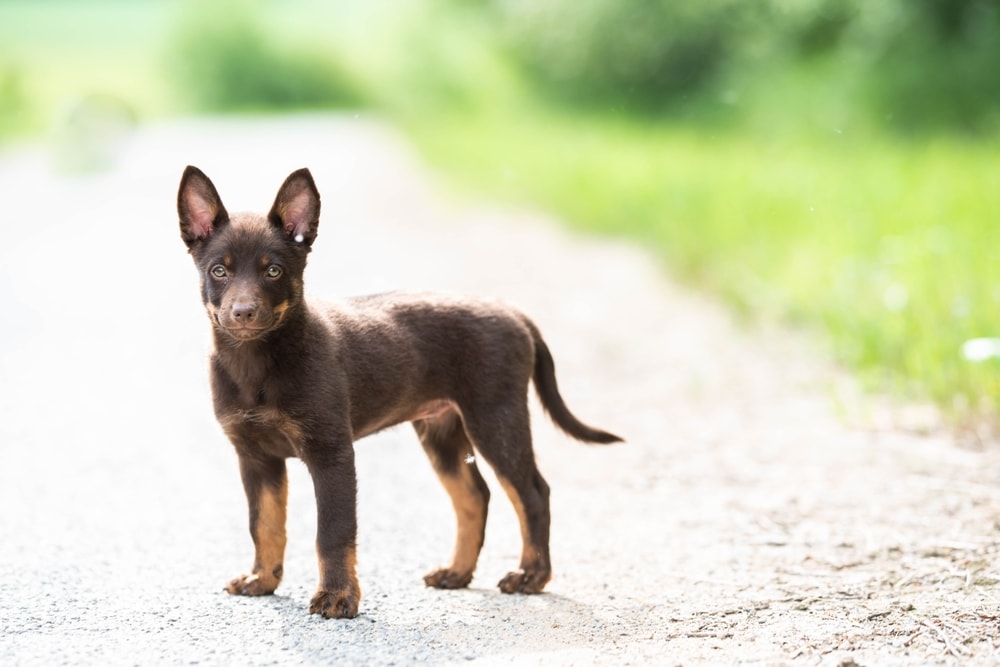
Australian Kelpies are a big responsibility, as they require a great deal of exercise and mental stimulation daily. This makes them ideal for farms and homes with large backyards with active owners, but they are not suitable for urban environments. This is something you’ll need to deeply consider before purchasing one of these energetic dogs. They can be quite territorial and may nip at times due to their herding instincts. This can make them a problem around small children, as they could be inclined to attempt to herd them into line!
With the right amount of exercise and training, though, they are loyal and devoted dogs that will be sure to keep you on your feet!
3 Little-Known Facts About the Australian Kelpie
1. They can do the work of several humans.
Convicts were primarily used in Australia for herding sheep until the Kelpie came along. Eventually, the massive flocks of sheep became unmanageable for people, and dogs were required to do the work. They had to cover massive distances in the blazing sun and scouring temperatures and could easily do the work of several humans.
Nowadays, this skill is still widely utilized, and farmers need to employ far fewer staff to manage their flocks, thanks to the tireless Kelpie.
2. Australian Kelpies are one of Australia’s most popular dogs.
These dogs are highly prized in Australia and are one of the top 10 most popular breeds on the continent. The Kelpie was first registered in Australia in 1902 and is one of Australia’s earliest registered breeds. One of the main reasons for economic development in Australia was its vast flocks of sheep, some of the highest in the world at the time. This success could not have been possible without the indomitable Kelpie.
3. Australian Kelpies have Scottish heritage.
These dogs are an Australian icon—for good reason—although their heritage lies in Scotland, as they are descendants of Collie breeds. The clue lies in their name: the word “Kelpie” is a water spirit of Scottish folklore found in lochs and pools of Scotland. One of the earliest incarnations of the breed was named Kelpie, and the name stuck.
It’s thought that the Collie descendants bred with Australia’s native feral dog, the Dingo. While there is no genetic proof of this, a single look at the Kelpie is enough to convince one that there is a high probability.
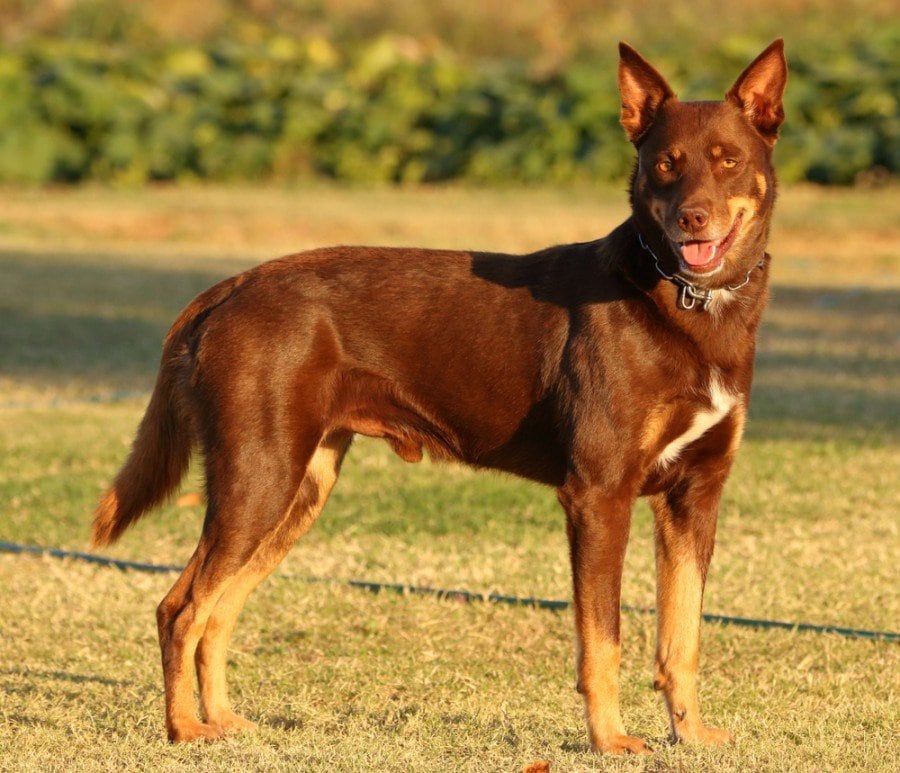
Temperament & Intelligence of the Australian Kelpie 🧠
Australian Kelpies are hard-working, resilient animals that can work in the hot sun and dust for many hours without slowing down. This inexhaustible energy makes them ideal working dogs but a real responsibility to look after, as they’ll need tons of exercise. They are highly intelligent dogs that are incredibly independent, making them somewhat difficult to train. If you are on the search for a working dog, you’d be hard-pressed to find a more loyal, dependable, and devoted animal.
Due to their herding and hard-working heritage, be prepared to invest a great deal of time and energy into this dog if you are not planning to put them to work. They like to have a specific job to do and then be left to do it without your interference. Your relationship with this dog must be symbiotic, as opposed to a leader-and-worker dynamic, as they do not enjoy being told what to do constantly. These dogs have a history of being left to perform tasks with little or no control or supervision, and they can be well-trusted to do so.
Kelpies are wary of strangers and highly territorial, making them good watchdogs, but this trait can make them fearful of new dogs or experiences, so early socialization is essential.
Are These Dogs Good for Families? 🏡
Australian Kelpies love to be around people and thus make great family dogs. They become highly attached to their owners, earning them the nickname, “Velcro dog,” and they are loyal dogs that will constantly be at your side. One caveat is the fact that these dogs require dedicated training and early socialization, or they can be possessive and territorial at times.
This can result in over-protection and mild aggression toward strangers. They may be a tad overbearing for smaller children, and you’ll need to keep a close eye to keep them from herding your kids!
Does This Breed Get Along with Other Pets? 🐶 😽
Australian Kelpies usually get along well with other pets, but their herding history may cause them to go after small dogs and other pets. They are especially notorious for their somewhat tense relationship with cats. Unless they have grown up with the family feline, they will likely cause them untold grief.

 Things to Know When Owning an Australian Kelpie
Things to Know When Owning an Australian Kelpie
Food & Diet Requirements 🦴
Australian Kelpies are active dogs and will need a diet that matches their high energy. Dry kibble is adequate—they’ll need around 1–2 cups per day—but these dogs will thrive on a diet consisting of healthy lean meats. This could include beef and chicken lean meats or organ meats, canned food with high meat content, and homemade bone broths. That said, if they are primarily fed on this diet, you’ll need to keep a careful eye on their nutrient intake.
If you decide to give your Kelpie dry kibble or wet food, try and make sure that it is specially formulated for active dogs and free from filler ingredients like wheat and corn. They should ideally be fed twice daily, whether given kibble or a mixture of foods, as this will keep their fast metabolism energized.
Table scraps should be strictly avoided, as these dogs can easily get overweight, and this can cause untold health consequences. Human foods like wheat, corn, sugar, and dairy should also be strictly avoided for the same reasons.
Exercise 🐕
These active dogs are high-energy animals that require a great deal of intensive exercise, and they are known for running up to 60km a day as working dogs! Not only will regular exercise keep them happy and healthy, but it will also keep their chasing and herding instincts in check. This physical activity should be supplemented with mental challenges to keep their minds active as well. These games, including fetch, frisbee, and hide and seek, will further stimulate their herding instinct and make for a far calmer dog that is even in temperament.
A casual 20-minute stroll just won’t cut it for these dogs, and we recommend at least two hours of daily exercise for Kelpies, split into two sessions. If time is an issue, try jogging or cycling with them, or consider using a weight vest to help expend some energy and build muscle.
Exercise doesn’t need to be confined to only walking or running, and there are other options to tire out your Kelpie. These dogs will thrive in agility classes and groups and will love the challenge of learning new skills. Other activities, like swimming, scenting, and tug of war, are sure to give this breed a good workout.
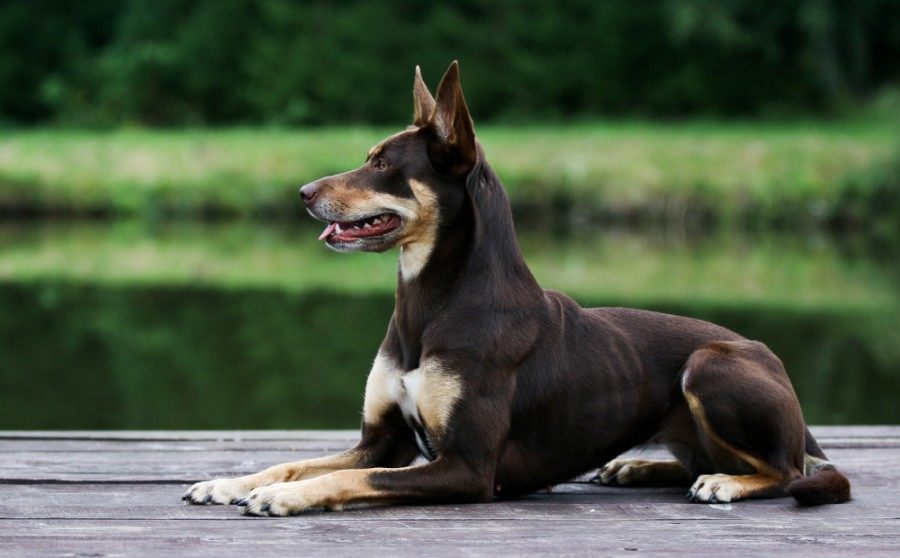
Training 🦮
Australian Kelpies can be a challenge to train, as they have a fiercely independent nature. Whether your Kelpie is a family companion or a working dog, the same principles will apply when training.
Training should begin the moment you bring your Kelpie puppy home. Early socialization with other family pets and basic command training can begin immediately. The earlier you start, the better. Due to their rich heritage as loyal and independent herding dogs that were often left alone and trusted to do their job, these loyal dogs are trustworthy and will appreciate being treated as somewhat of an equal, as opposed to being told what to do. Reward-based training is an ideal method, as it builds trust between you and your dog and creates a strong bond of partnership.
With all this in mind, these dogs love having a job to do, and they will generally enjoy training. Basic command and obedience training is essential to get started early, and training in earnest can begin at the early age of 4–6 weeks.
Grooming ✂️
These dogs are fairly low maintenance, and not much special attention is needed in the way of grooming. Brushing their coat lightly once or twice a week will remove any dead hair and help keep shedding to a minimum. These active dogs will usually wear their nails down all on their own, but you should still perform regular checks to make sure because long nails can cause them pain and discomfort.
They will need regular teeth brushing to avoid bad breath and dental issues and the occasional rinse with clean water if they get a bit muddy. Other than that, perform regular checks on their ears for infection or parasites, and make sure they are clean of any debris.
Health and Conditions ❤️
Australian Kelpies are generally a healthy breed and mostly free from breed-specific issues. However, there are potential health conditions to be aware of. These include:
- Hip and Elbow Dysplasia. This is a genetic joint condition caused by abnormal formation of the hip and elbow joints. This can lead to pain and inflammation in your Kelpie, but the symptoms can largely be mitigated by good exercise and a healthy diet.
- Progressive Retinal Atrophy. This is the slow degeneration of your dog’s retina, causing progressive vision loss and eventually resulting in blindness. Unfortunately, there is no cure for this condition, and it can only be carefully managed.
- Cerebellar Abiotrophy. This is a progressive neurological disease that affects the movement of your dog. There is, unfortunately, no cure for this illness.
- Luxating Patella. This is a fairly common condition in small and medium-sized dogs and is characterized by the persistent dislocation of the knee joint. Most dogs can live with this condition with medication, but surgery is sometimes required in rare cases.
- Cataracts
- Allergies
- Skin allergies
- Cryptorchidism
- Bloat
- Cancer
- Hip and elbow dysplasia
- Patella luxation
- Progressive retinal atrophy
- Cerebellar abiotrophy
 Male vs. Female
Male vs. Female
Upbringing and environment are much more accurate predictors of personality than gender, and every dog is unique. However, male and female Australian Kelpies do have small differences.
Male Australian Kelpies are generally taller and heavier than females and are known to be more high-energy. Even when they are neutered, males have a tendency to wander. Females are more independent and stubborn at times but are easier to train than males because they mature faster.
Spaying females and neutering males will negate most of these differences and make for an all-round happier dog. The personality and temperament of the puppy when you meet them will give you a better indication of how the dog will be as they grow up, rather than their sex. Therefore, it really comes down to personal preference when deciding on a male or female, as one does not have any distinct advantage over the other.
 Final Thoughts
Final Thoughts
Australian Kelpies are truly working dogs in every sense of the word. If you are looking for a companion to lounge with on the sofa and accompany you on the occasional walk, the Kelpie is not the dog for you. These active dogs require a ton of regular exercise and are difficult animals to tire out. This makes them an ideal choice for active owners or farmers who need working dogs, but not a great choice for urban environments. They are loyal, dependable, and devoted dogs that will become your shadow and make great family dogs too.
If you are up to the task of rigorous training and exercise, the loyal and energetic Australian Kelpie is a great choice of a canine companion.
Featured Image Credit: everydoghasastory, Shutterstock
 Australian Kelpie Puppies
Australian Kelpie Puppies
 Things to Know When Owning an Australian Kelpie
Things to Know When Owning an Australian Kelpie Male vs. Female
Male vs. Female Final Thoughts
Final Thoughts